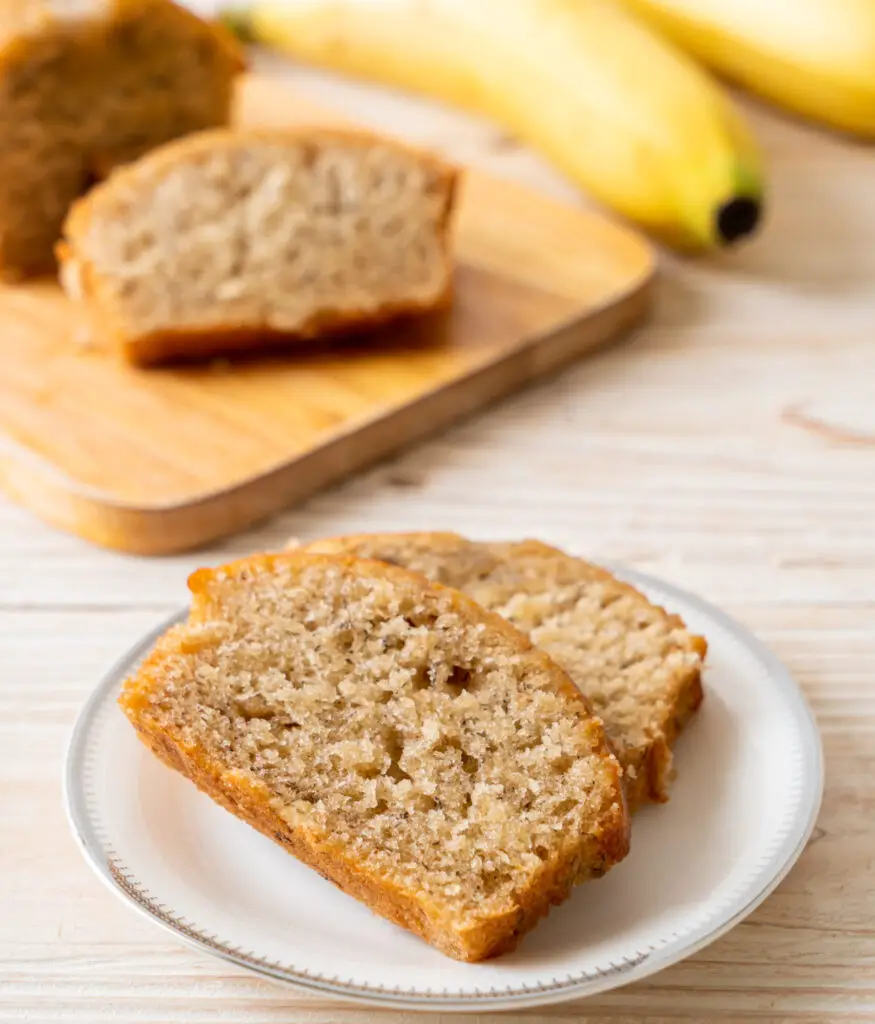
There are few things in life as comforting as the smell of freshly baked banana bread wafting through your kitchen. It’s one of those simple joys that brings everyone to the table—whether you’re a seasoned baker or just starting out. Banana bread is more than a recipe; it’s a memory in the making.
In today’s blog, I’ll take you through a heartfelt journey into how to make a banana bread that’s not just soft, moist, and flavorful, but also slightly unique in style—with a few fun twists that make it stand out. Whether you bake it for breakfast, tea-time, or as a surprise gift for someone special, this banana bread will warm hearts and satisfy taste buds.
Let’s get into the cozy world of banana bread baking!
Before we dive into the recipe, let’s take a moment to appreciate banana bread for what it really is—the unsung hero of home baking.
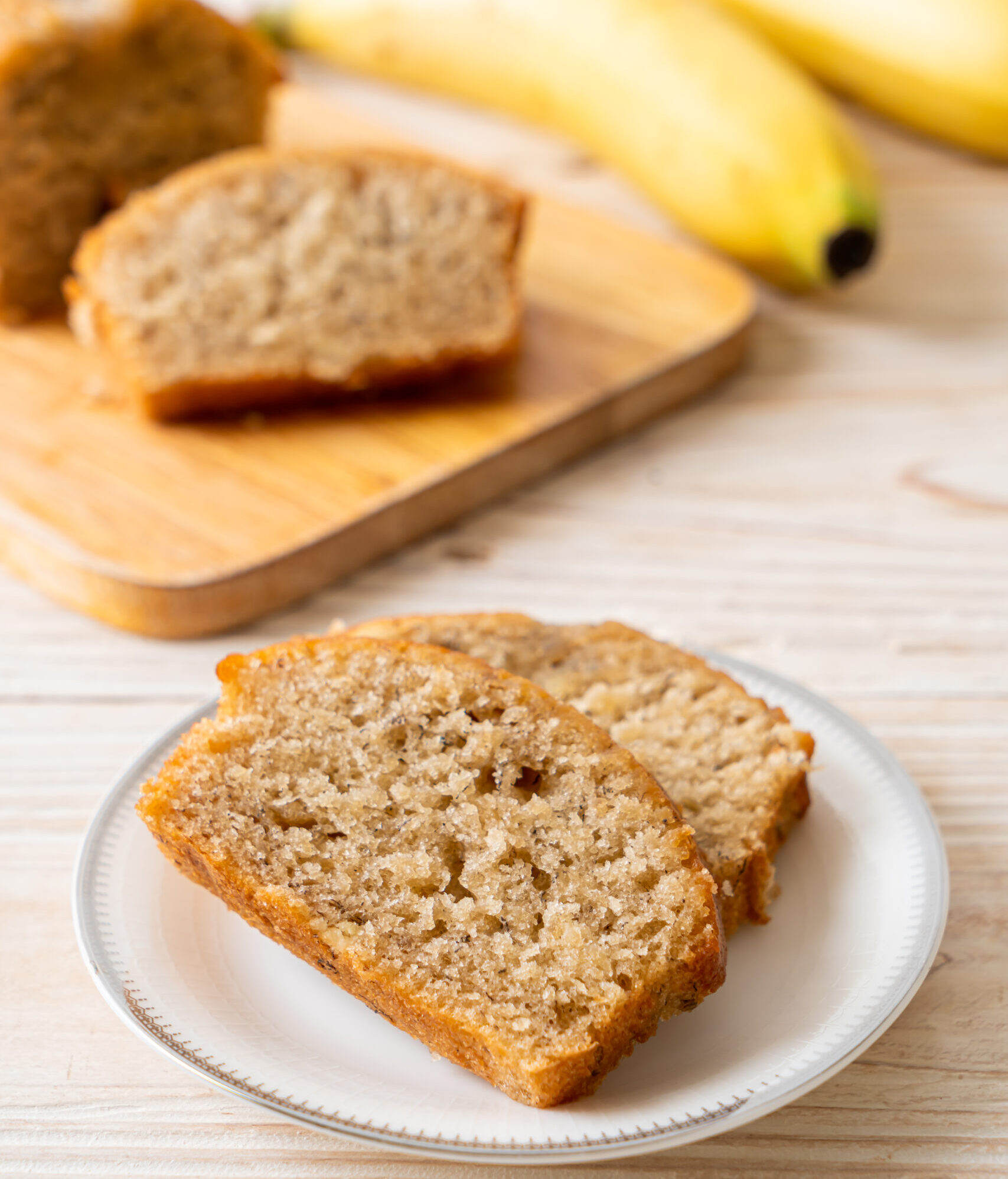
Banana bread doesn’t judge. Got overripe bananas? Perfect. Don’t have fancy equipment? No worries. One bowl, a spoon, and your hands are all you really need.
You probably already have most of the ingredients sitting in your pantry—flour, sugar, eggs, oil or butter, and of course, bananas.
Chocolate chips? Sure. Nuts? Absolutely. Want to make it vegan, gluten-free, or add a twist with cinnamon or coconut? Go right ahead.
Here’s a straightforward list of what you need for this classic banana bread with a unique touch:
No complicated steps. Just follow along with this easy, fuss-free method.
In a large mixing bowl, mash the bananas with a fork or potato masher until smooth. A few lumps are totally okay!
To the mashed bananas, add:
In another bowl, whisk together:
Now gently fold the dry ingredients into the wet banana mixture. Do not overmix—just stir until no streaks of flour are visible.
Fold in your choice of:
Grease a standard loaf pan or line it with parchment paper. Pour the batter in, smooth the top, and bake at 175°C (350°F) for 50–60 minutes.
Tip: Insert a toothpick in the center. If it comes out clean or with a few crumbs, it’s done!
Let it cool in the pan for 10 minutes, then transfer to a rack to cool completely before slicing. Enjoy warm or toasted, with butter or a drizzle of peanut butter.
Want to change things up? Here are some creative twists on the basic banana bread:
Swirl in some melted dark chocolate or cocoa powder in half the batter for a marbled look and taste.
Add shredded coconut and diced pineapple for a beachy vibe.
Pour the batter into muffin tins for quicker baking and perfect grab-and-go breakfast treats.
Mix in 2 tablespoons of creamy peanut butter for a protein-rich version.
Replace ½ cup of flour with rolled oats for a heartier, fiber-filled loaf.
This bread tastes amazing on its own, but here’s how to elevate it:
Sometimes things don't go exactly as planned. Here are solutions to the most common problems:
The riper, the better! Your bananas should be very brown and spotty - they might even look like you should throw them away. These overripe bananas are sweeter and have more intense banana flavor. If your bananas are still mostly yellow with just a few brown spots, let them sit on the counter for a few more days.
Absolutely! Frozen bananas actually work really well for banana bread. Just thaw them completely first and drain off any excess liquid before mashing. The texture might be a bit mushier than fresh overripe bananas, but this actually makes them easier to mash and blend into your batter.
Most recipes call for 3 to 4 medium bananas, which equals about 1 to 1.5 cups of mashed banana. If your bananas are really large, you might only need 2 or 3. If they're small, you might need 4 or 5. The key is to measure after mashing if you want to be precise.
No, banana extract won't work as a substitute for real bananas. The bananas provide moisture, natural sweetness, and bulk to the batter. Extract only provides flavor. You need actual mashed bananas for the recipe to work properly.
Dense banana bread usually comes from overmixing the batter. Once you add the flour, stir just until you can't see any dry flour - the batter should still be lumpy. Overmixing develops the gluten, which makes the bread tough. Also, make sure your baking soda is fresh and active.
Insert a toothpick or cake tester into the center of the loaf. It should come out clean or with just a few moist crumbs. The bread should also start pulling away slightly from the sides of the pan, and the top should be golden brown. If the toothpick comes out with wet batter, keep baking and check again in 5-10 minutes.
A crack down the middle is actually normal and expected! This happens because the outside of the loaf sets before the inside is fully baked, so the center pushes up and creates a crack. It's a sign that your bread is baking properly, not a problem.
Yes, you can substitute the egg. Try using 1/4 cup of applesauce, mashed banana (in addition to what's already in the recipe), or a commercial egg replacer. The texture might be slightly different, but it will still be delicious.
Properly stored banana bread stays fresh for 3-4 days at room temperature. Wrap it in plastic wrap or store it in an airtight container. It actually tastes better after sitting for a day because the flavors have time to develop.
It's not necessary to refrigerate banana bread, and doing so can actually make it dry out faster. Room temperature storage is best for maintaining moisture and texture.
Yes, you can reduce the sugar by about 1/4 cup without major changes to the texture. Very ripe bananas provide natural sweetness, so you might not even notice the difference. If you want to reduce it more, try substituting some of the sugar with applesauce or additional mashed banana.
There are several ways to make this bread healthier. You can substitute half the all-purpose flour with whole wheat flour, replace some of the butter with Greek yogurt or applesauce, or add nuts and seeds for extra protein and healthy fats.
Absolutely! Fold in 1/2 to 3/4 cup of chocolate chips, chopped nuts, or other add-ins just before pouring the batter into the pan. Popular additions include walnuts, pecans, chocolate chips, dried cranberries, or cinnamon.
Yes! Use the same batter but divide it among muffin cups, filling each about 2/3 full. Bake at 350°F for about 18-22 minutes, or until a toothpick inserted in the center comes out clean. This recipe makes about 12 standard muffins.
This usually happens when you open the oven door too early, when the baking soda is old and inactive, or when the oven temperature is incorrect. Make sure your baking soda is fresh (replace it every 6 months), don't open the oven door for the first 45 minutes of baking, and consider using an oven thermometer to check your temperature.
Your oven temperature is probably too high. Try reducing the temperature by 25°F and baking longer. You can also tent the top with foil if it's browning too quickly while the center finishes cooking.
Yes, you can double the recipe, but you'll need to use two loaf pans. Don't try to bake a double batch in one large pan - it won't cook evenly. The baking time should be about the same for two regular-sized loaves.
Dry banana bread usually comes from overbaking or not having enough ripe bananas. Make sure your bananas are very overripe and moist. Also, don't overbake - start checking for doneness at 55 minutes instead of waiting the full hour.
A standard 9x5 inch or 8x4 inch loaf pan works best. If you use a different size, you'll need to adjust the baking time. Smaller pans will take longer to bake, while larger pans will bake faster.
Yes, always grease your loaf pan with butter or cooking spray to prevent sticking. You can also line it with parchment paper for extra insurance, leaving some overhang to make it easier to lift the bread out of the pan.
Both work fine, but metal pans conduct heat better and give you more even browning. If using a glass pan, you might want to reduce the oven temperature by 25°F to prevent overbrowning.
These answers should help you troubleshoot any banana bread issues and give you the confidence to experiment with this versatile recipe!
It’s warmth. It’s comfort. It’s that familiar smell of home. It reminds us to slow down, to savor little things, and to find joy in overripe bananas.
This banana bread recipe is simple, but it’s special. You can make it exactly as written or twist it in your own style. That’s the beauty of it.
So the next time you see those brown bananas sitting quietly on the counter, don’t throw them away—bake a loaf of happiness.
Tried this recipe? Share your banana bread moments! Leave a comment, tag your slice on Instagram, or send a message. I’d love to hear what twist you added.
Happy baking! 🍌🍞💛
Banana bread is the perfect way to transform those overripe, spotted bananas sitting on your counter into something absolutely delicious. This foolproof recipe creates a moist, tender loaf that's bursting with sweet banana flavor and fills your kitchen with the most amazing aroma while it bakes. You'll love how simple it is - just mash your bananas, mix everything together in one bowl, and pop it in the oven for about an hour. The result is a golden-brown loaf that's perfect for breakfast, snacking, or sharing with friends and family. Once you try this homemade version, you'll never want to buy store-bought banana bread again because nothing beats the comfort and satisfaction of baking it yourself.
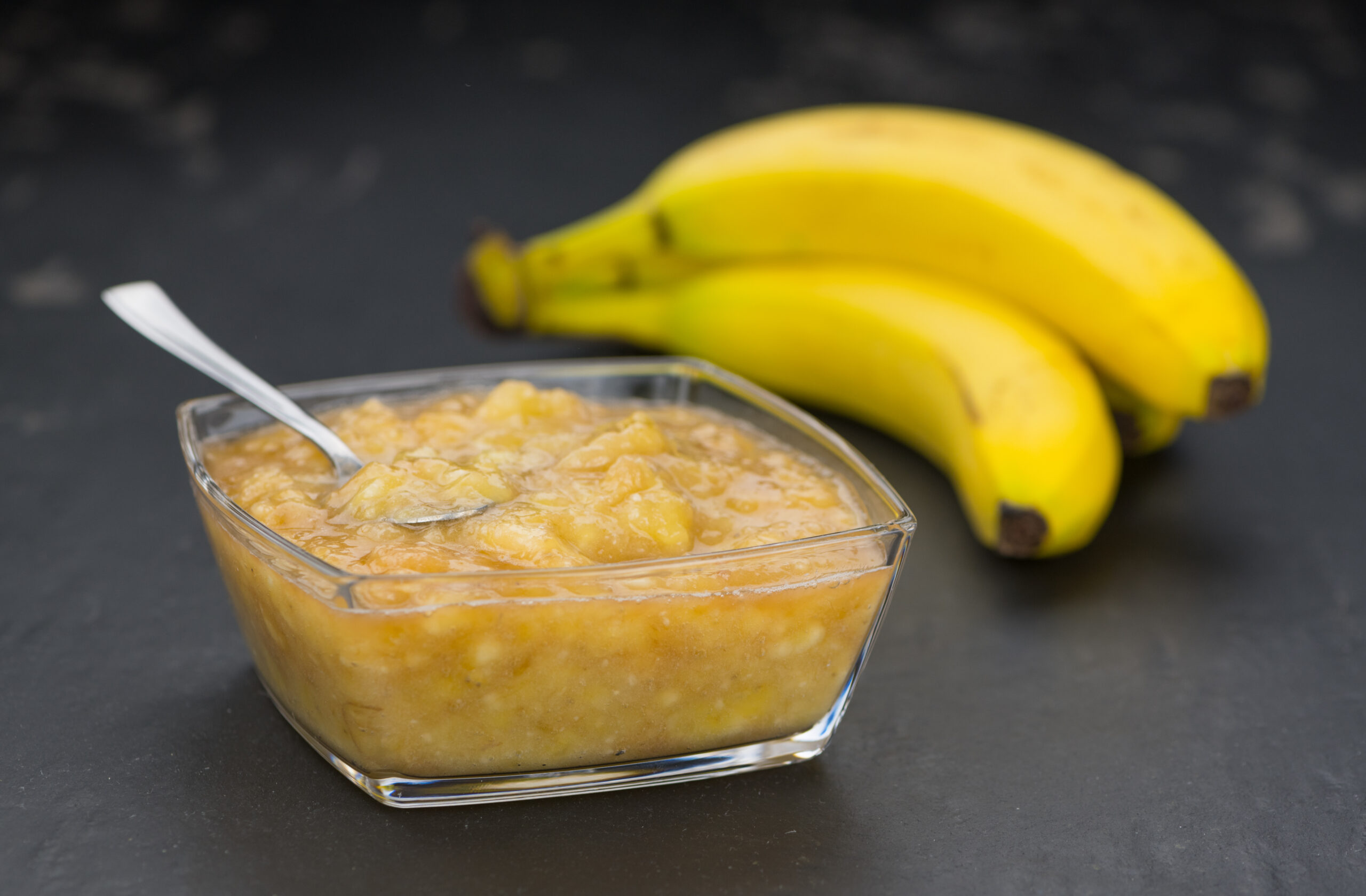
In a large mixing bowl, mash the bananas with a fork or potato masher until smooth. A few lumps are totally okay!
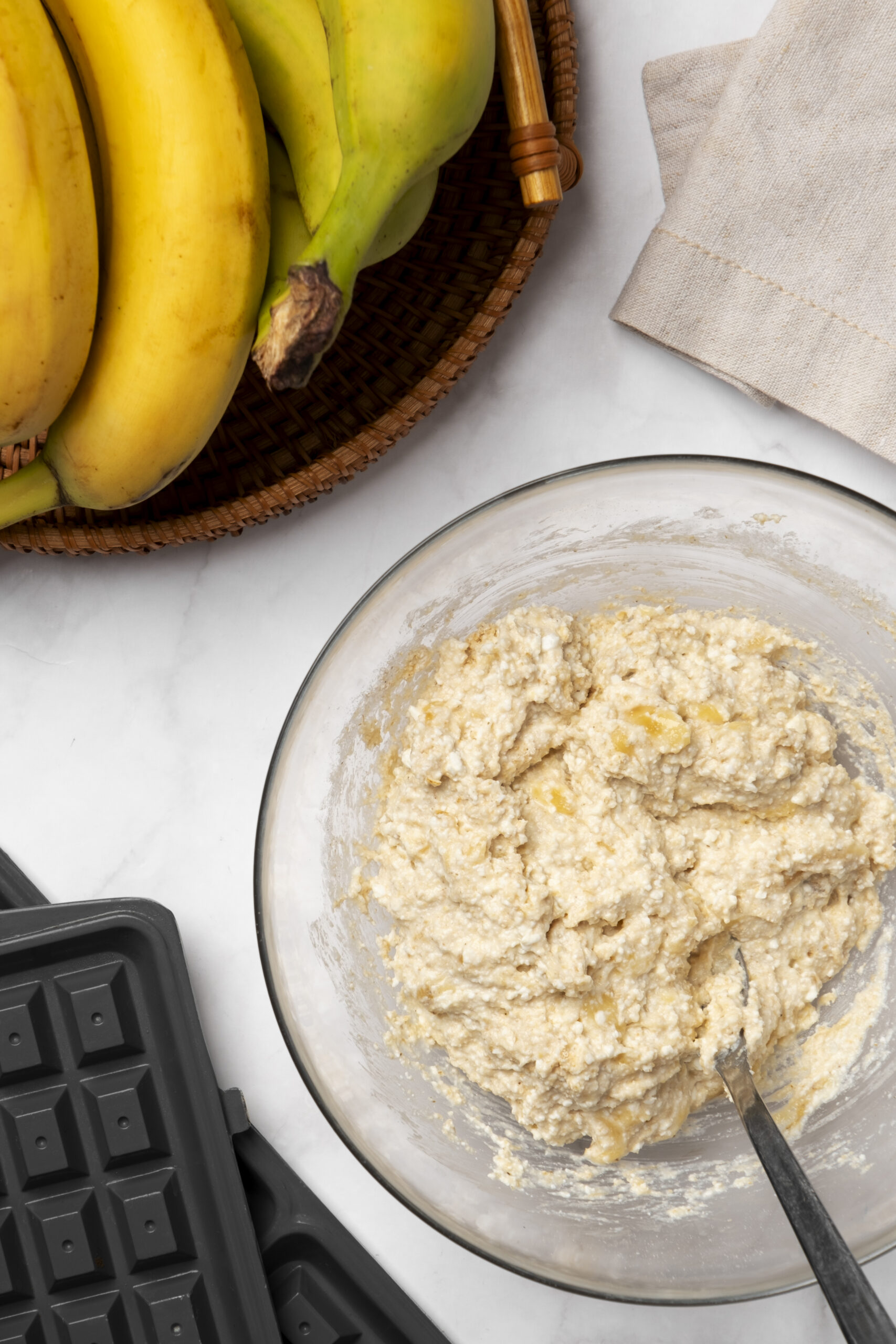
To the mashed bananas, add:
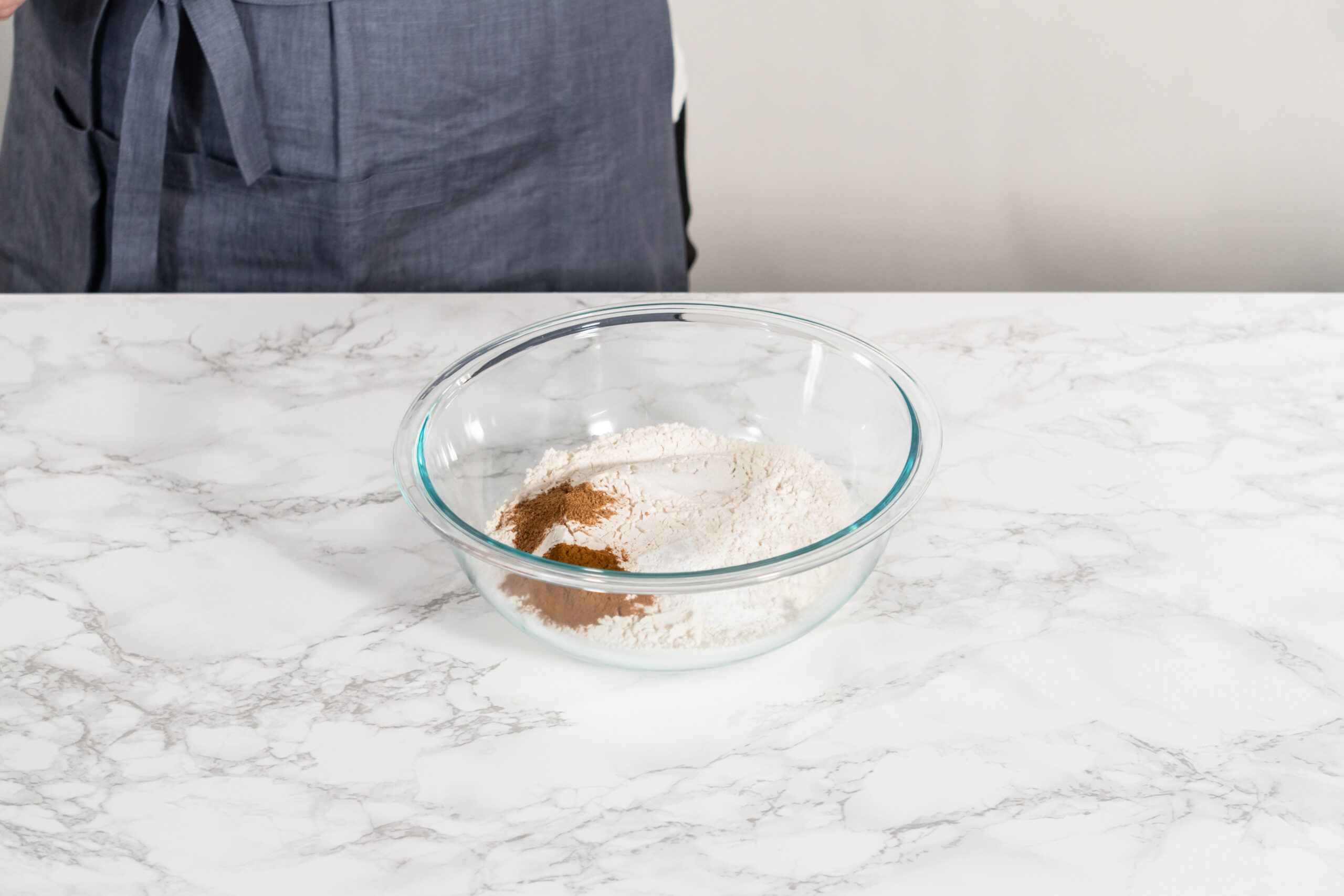
In another bowl, whisk together:
Now gently fold the dry ingredients into the wet banana mixture. Do not overmix—just stir until no streaks of flour are visible.
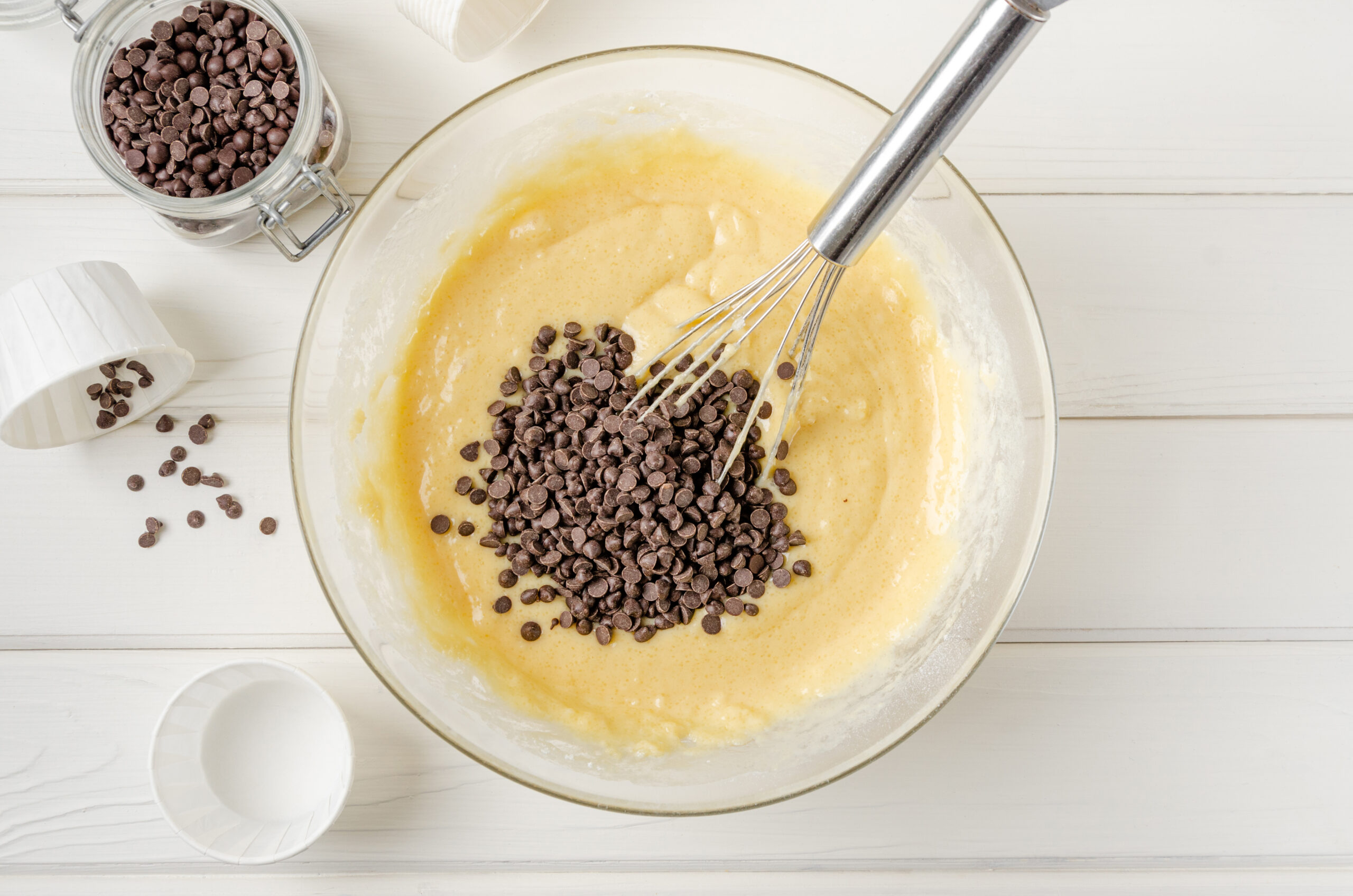
Fold in your choice of:
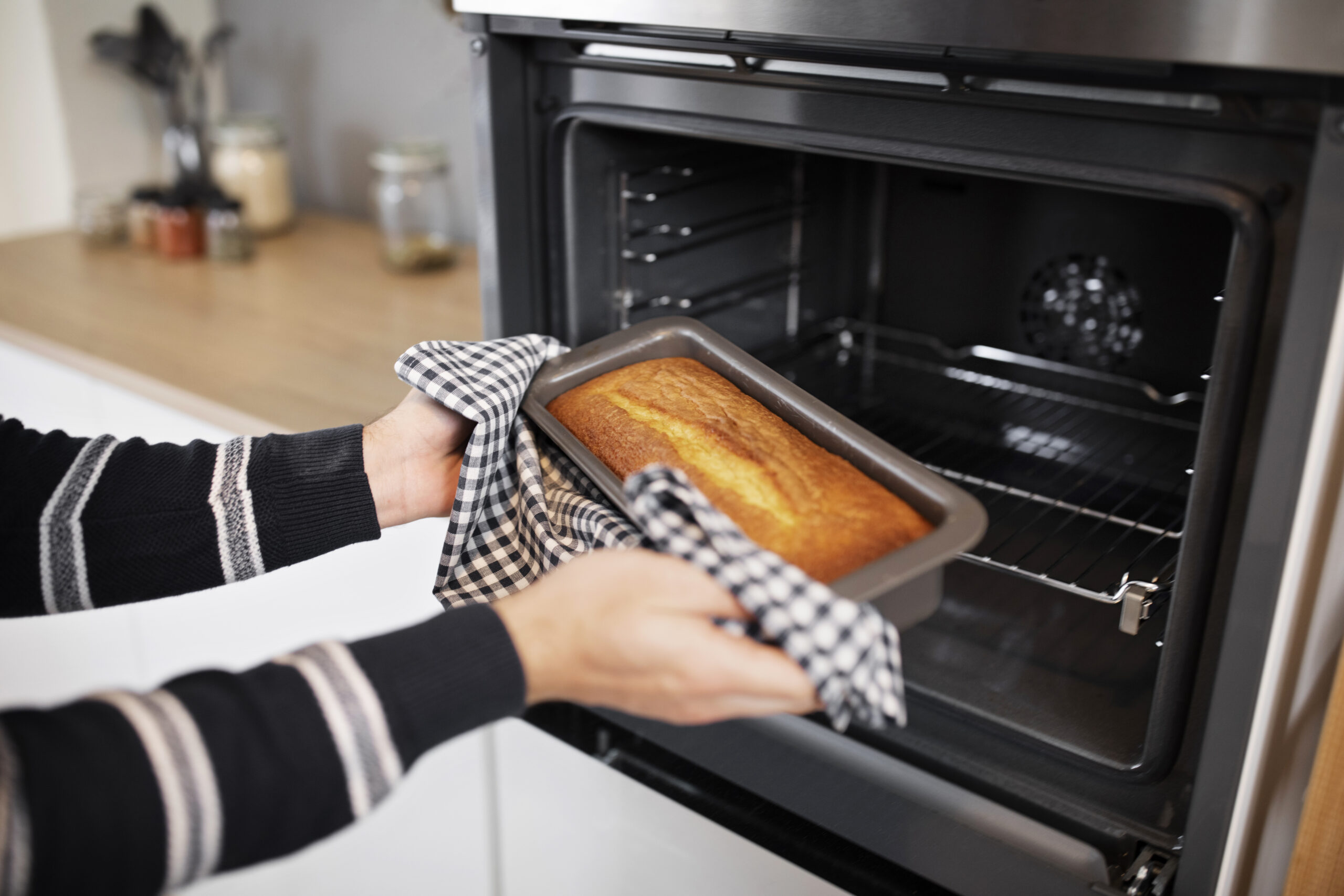
Grease a standard loaf pan or line it with parchment paper. Pour the batter in, smooth the top, and bake at 175°C (350°F) for 50–60 minutes.
Tip: Insert a toothpick in the center. If it comes out clean or with a few crumbs, it’s done!
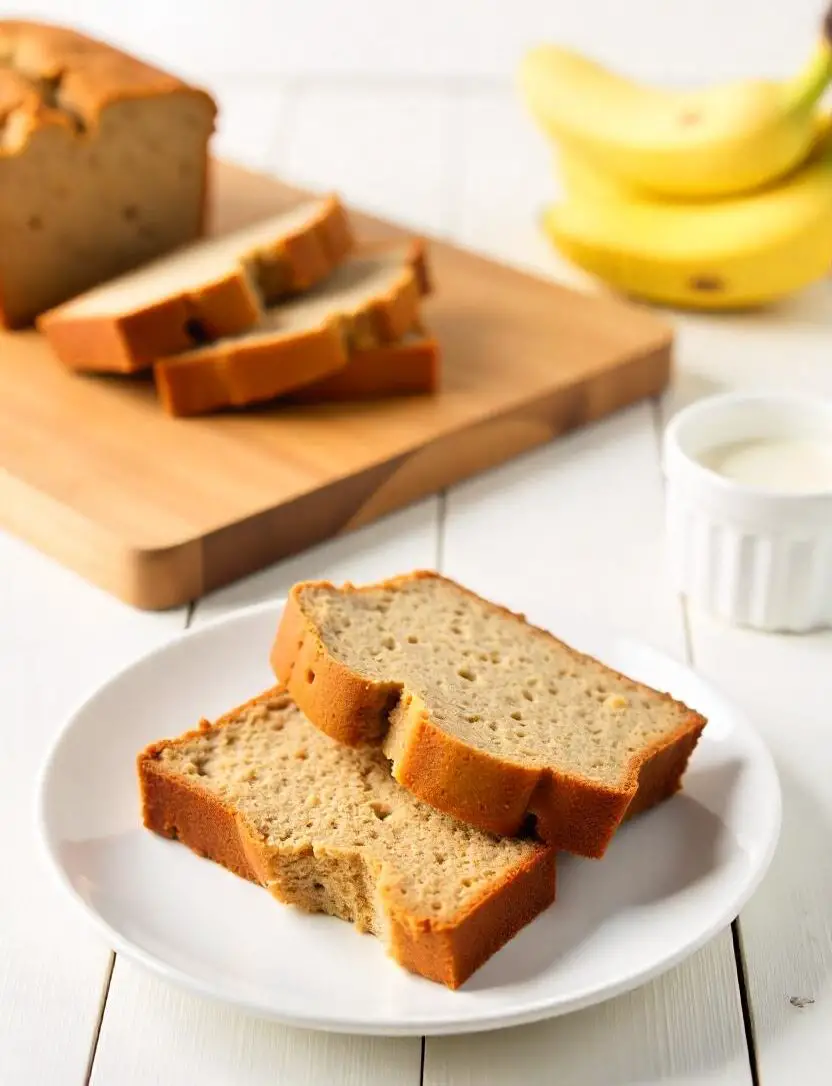
Let it cool in the pan for 10 minutes, then transfer to a rack to cool completely before slicing. Enjoy warm or toasted, with butter or a drizzle of peanut butter.
Thank you for visit our website